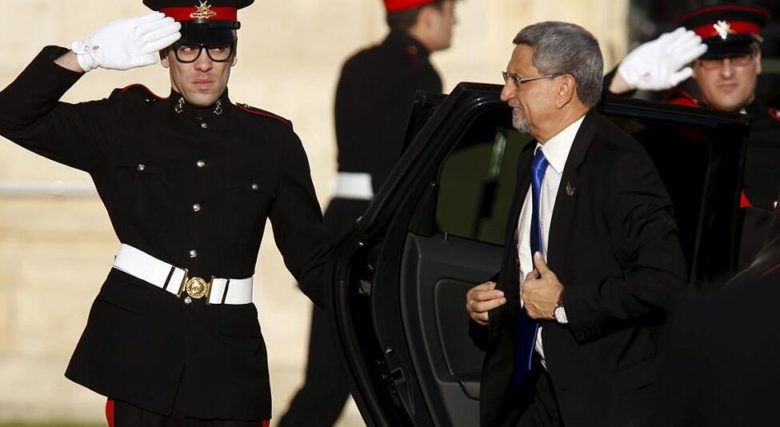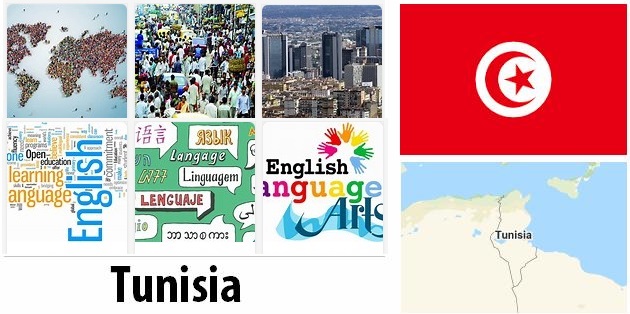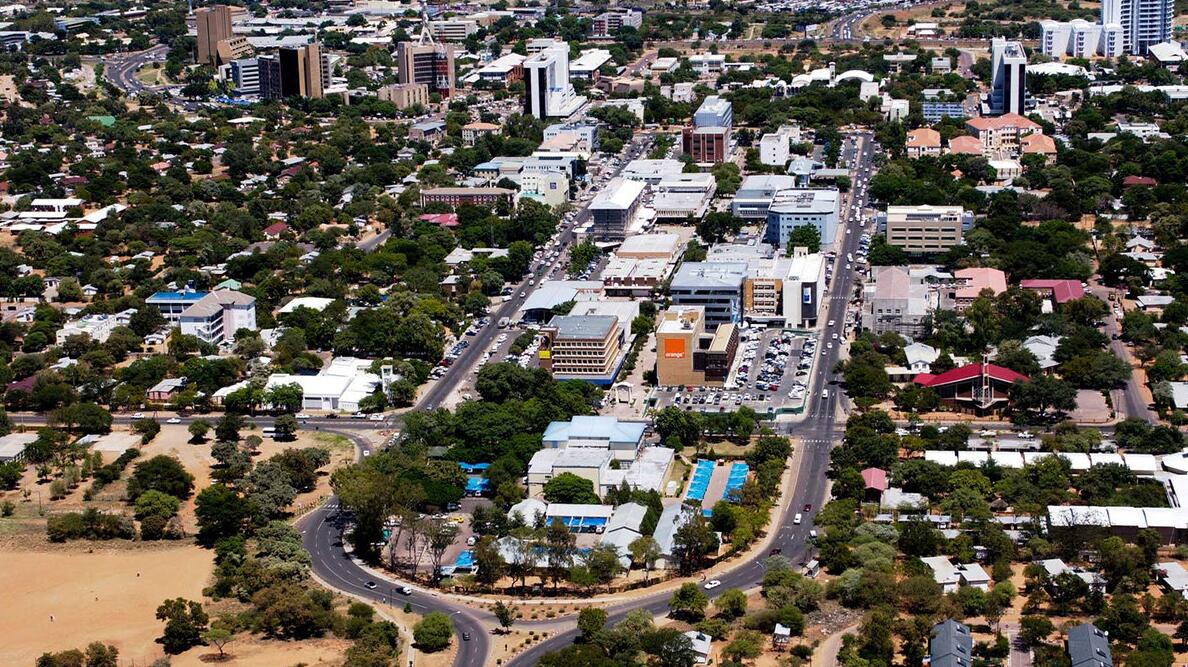Cape Verde’s Political System
Following the 1992 Constitution, last revised in 1999, Cape Verde is a unified state and parliamentary-democratic republic. Following the previous constitution (from 1980), Cape Verde was one-party governor, with the Partido Africano da Independencia de Cabo Verde (PAICV) as the state party, and the party’s leader was also the country’s president. The multi-party system was introduced in 1990. In the 1991 National Assembly election, the opposition party Movimento para Democracia (MPD) won a majority, and the two parties have exchanged power.
The president is elected for five years in general elections. He must have 2/3 majority to be elected in the first place; possibly a new round of elections will be held between the two candidates who got the most votes in the first place. Legislative authority has been added to the National Assembly, Assembléia Nacional, which has 72 members, elected in the general election for five years. Following a constitutional amendment in 1999, the president has the right to dissolve the National Assembly and print new elections. The Prime Minister is nominated by and is responsible to the National Assembly. The other ministers are appointed by the president on a proposal from the prime minister. They must be members of the National Assembly.
Administrative division
Cape Verde is divided into 17 municipalities (concelhos), led by elected councils.
Judiciary
The judiciary comprises a supreme court of justice and locally a network of people’s tribunals.



